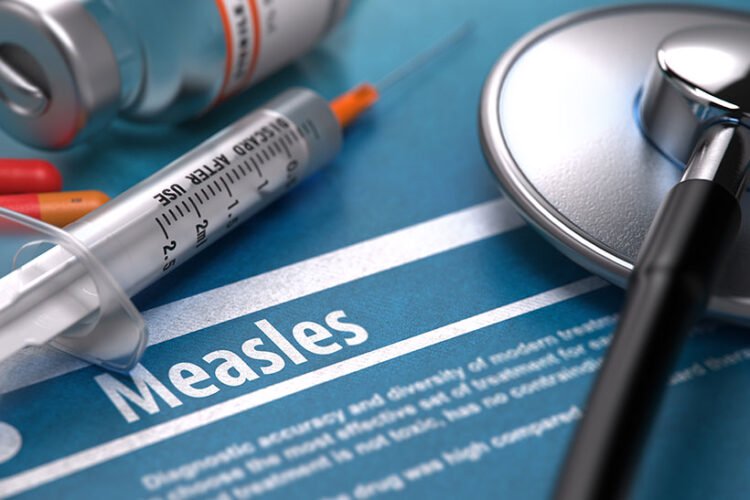According to the International Diabetes Federation, approximately 463 million U.S. adults are living with diabetes or prediabetes. With the number of cases rising yearly, there are ways to detect early signs and symptoms of diabetes, understand possible complications and tips on how to control the disease through diet and exercise.
American Diabetes Association: 1.5 million Americans are diagnosed with diabetes each year.
What is diabetes?
The World Health Organization defines diabetes as a chronic disease, occurring either when the pancreas does not produce enough insulin or when the body cannot use the insulin it has produced. While the pancreas is responsible for turning the foods we eat into energy and regulating our blood sugar, hyperglycemia (or elevated blood sugar) occurs when it is working improperly.
What is the main risk for developing diabetes?
The underlying cause of this disease depends on the type.
What are the early signs and symptoms of this illness?
Symptoms depend on how much your blood sugar is elevated.
You may experience some or none of the following signs:
What are the two main types of this disease?
The two main types of diabetes are Type 1 and Type 2. Both occur when the body cannot properly store and use glucose which is essential for energy. This causes glucose to be stored in the bloodstream and can lead to complications when not used effectively by the body.
Diabetes Type 1
Type 1 can occur at any age often occurring in childhood or adolescence. Previously referred to as insulin-dependent diabetes mellitus (IDDM) or juvenile-diabetes, autoimmune, genetic and environmental factors play a part in the development of Type 1 diabetes. With this type of diabetes, the immune system attacks the pancreatic beta cells so they can no longer produce insulin.
Diabetes Type 2
Type 2 can occur at any age, more common in people over 40 years of age. Previously called non-insulin-dependent diabetes mellitus (NIDDM) or adult-onset diabetes, Type 2 may account for 90-95% of all diagnosed cases of diabetes according to the CDC. In this type, the pancreas produces insulin, but the body cannot effectively use it.
How is this illness diagnosed?
Doctors use a variety of different types of diagnostic testing.
What are the complications from this disease?
As the seventh leading cause of death in the United States, diabetes can lead to heart disease, adult-onset blindness, stroke, kidney failure and lower-extremity amputations.
How can you prevent this illness?
Maintaining a healthy lifestyle is the key to combating diabetes and includes a well-balanced diet, regular exercise, maintaining a normal BMI/ body weight, and avoiding tobacco use.
What foods help control diabetes?
The main goal of choosing foods to control this disease is to maintain healthy blood sugar levels.
Healthline compiled a list of the 16 best foods for diabetics, both Type 1 and Type 2.
1. Fatty Fish- a great source of omega-3 fatty acids DHA and EPA that have major benefits on heart health.
2. Leafy Greens- very low in digestible carbs to keep blood sugar levels low, while being loaded with healthy vitamins.
3. Cinnamon- proven to lower blood sugar levels and improve insulin sensitivity.
4. Eggs- reduce heart disease risk, a disease associated with diabetes, and improve insulin sensitivity.
5. Chia Seeds- the fiber in chia seeds can lower blood sugar levels and slow down food break down speed and absorption.
6. Tumeric- the active ingredient curcumin can lower blood sugar levels while reducing heart disease risk.
7. Greek Yogurt- improves blood sugar control and reduces heart disease risk due to its probiotics.
8. Nuts- contain fiber, are low in digestible carbs, and may reduce inflammation and lower blood sugar.
9. Broccoli- may help lower insulin levels and help protect cells from harmful free radicals.
10. Extra-Virgin Olive Oil- improves triglycerides and HDL which are often unhealthy levels in Type 2 and reduces heart disease risks.
11. Flaxseeds- very high in fiber which improves gut health, insulin sensitivity and can decrease heart disease risk and improve blood sugar control.
12. Apple Cider Vinegar- improves insulin sensitivity and lowers fasting blood sugar levels.
13. Strawberries- reduce cholesterol and insulin levels after a meal, improves blood sugar and heart disease risk factors in Type 2.
14. Garlic- reduce inflammation, blood sugar and LDL cholesterol in people with Type 2.
15. Squash- contain beneficial antioxidants and may help lower blood sugar and insulin levels.
16. Shirataki Noodles- high in a fiber called glucomannan; shown to reduce blood sugar levels and improve heart disease risk factors in people with this disease.
Is diabetes preventable?
Physical activity can help significantly reduce the risk of developing Type 2 as it is greatly associated with obesity. The American Diabetes Association reports you can lower your risk of developing Type 2 by 58% by:
How do you manage this disease?
Both Type 1 & 2 are controlled with insulin, dietary changes and exercise.
American Online Benefits Group offers many plans including Washington National’s Active Care that provides supplemental health benefits for major critical illnesses like diabetes. Please contact our agent or member services to receive more information at 214-389-9072.




